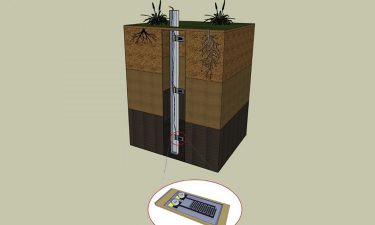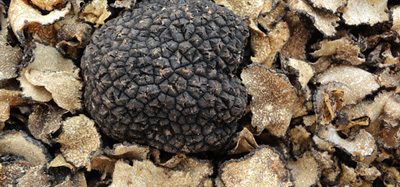An affordable soil moisture sensor that saves water
- Like
- Digg
- Del
- Tumblr
- VKontakte
- Buffer
- Love This
- Odnoklassniki
- Meneame
- Blogger
- Amazon
- Yahoo Mail
- Gmail
- AOL
- Newsvine
- HackerNews
- Evernote
- MySpace
- Mail.ru
- Viadeo
- Line
- Comments
- Yummly
- SMS
- Viber
- Telegram
- Subscribe
- Skype
- Facebook Messenger
- Kakao
- LiveJournal
- Yammer
- Edgar
- Fintel
- Mix
- Instapaper
- Copy Link
Posted: 1 October 2019 | Sam Mehmet (New Food) | No comments yet
Designed and tested on the University of Connecticut farm, the sensors are small enough to insert into the soil and less expensive to manufacture than current technology.


A team of University of Connecticut (UConn) researchers have engineered a soil moisture sensor that they claim is more cost effective than anything currently available, and responds to the global need to regulate water consumption in agriculture.
Accurate soil moisture sensing is essential to ensure a water level that produces the most robust crops while not wasting the natural resource. In some states in the US, such as Florida and California, irrigation water usage has become tightly restricted.
“Advances in hydrological science are hampered by the lack of onsite soil moisture data,” said Guiling Wang, study author and Professor of Civil and Environmental Engineering at UConn. “It is really hard to monitor and measure things underground. The challenge is that the existing sensors are very expensive and the installation process is very labour intensive.”


The soil moisture sensor responds to the global need to regulate water consumption in agriculture.
The sensors developed by the team are expected to save nearly 35 percent of water consumption. Current sensors that are used in a similar way range from $100 to $1,000 each, while the one developed at UConn costs $2, according to the researchers.
Soil moisture data collected from remote sensing technology such as radars and radiometers on board satellites have, so far, suffered from low resolution. But the new technology developed by the team under UConn Professor Baikun Li, a study author and Professor of Civil and Environmental Engineering, is said to provide high spatio-temporal resolution data needed for hydrology model development.
In the UConn prototype, wires are connected from the sensors to an instrument that logs data. Researchers conducted field tests of the sensors – performing side-by-side tests with commercial sensors under various environmental conditions throughout a 10-month period. The effects of the environmental variations on soil moisture throughout the period were clearly reflected.
The UConn researchers are also working on a nitrogen sensor that is the same model of the water sensors. These would help provide farmers with information about when fields need fertilising. Currently, nitrogen sensors are not available using this type of technology.
Related topics
Environment, Equipment, Food Waste, Research & development, Sustainability, Technology & Innovation, Water









